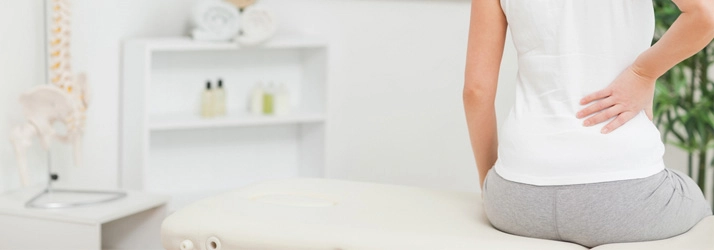Improving Your Posture To Keep Your Spine Healthy
Improving Your Posture To Keep Your Spine Healthy

At the Living well 4 Life Center in Hillsborough Township NJ we feel posture is important.
Posture is described as the position that your body maintains while standing, sitting, or lying down. Most experts would agree that "good" posture reduces the stress on your spine by balancing the load placed upon the muscles and ligaments that support it.
Why it Matters:
Good posture is essential because it helps you keep your bones and joints in proper alignment. This helps reduce the wear and tear on your joints and can decrease the strain on the ligaments that support your spine. New research also indicates that maintaining a good or balanced posture can also help you use your muscles more efficiently and prevent fatigue.
To prevent back pain, your best posture may be one of motion. If you sit in one position too long, small nerves will detect the pressure and send messages to your brain, indicating that you're uncomfortable which prompts you to move.
Researchers believe that these "uncomfortable" signals before pain is our body's way of telling us to move or change positions. One of the best strategies to reduce neck and low back pain associated with sitting is to use a standing desk.
- Good posture means keeping your spinal curves aligned and weight evenly distributed.
- Changing positions or using a standing desk can help you improve your posture and reduce your risk of neck and back pain.
- Standing desks have been shown to reduce back pain by over 30% compared to sitting at a desk.
Next Steps:
One of the best ways to improve your posture is to not stay in a single position for too long. Changing your position throughout the day, using lumbar support when seated, and even using a standing desk, are all ways that you can reduce fatigue and pain.
Science Source(s):
Back Health and Posture. Cleveland Clinic. 2020
Breaking up workplace sitting time with intermittent standing bouts improves fatigue and musculoskeletal discomfort in overweight/obese office workers. Occupational & Environmental Medicine. 2014



